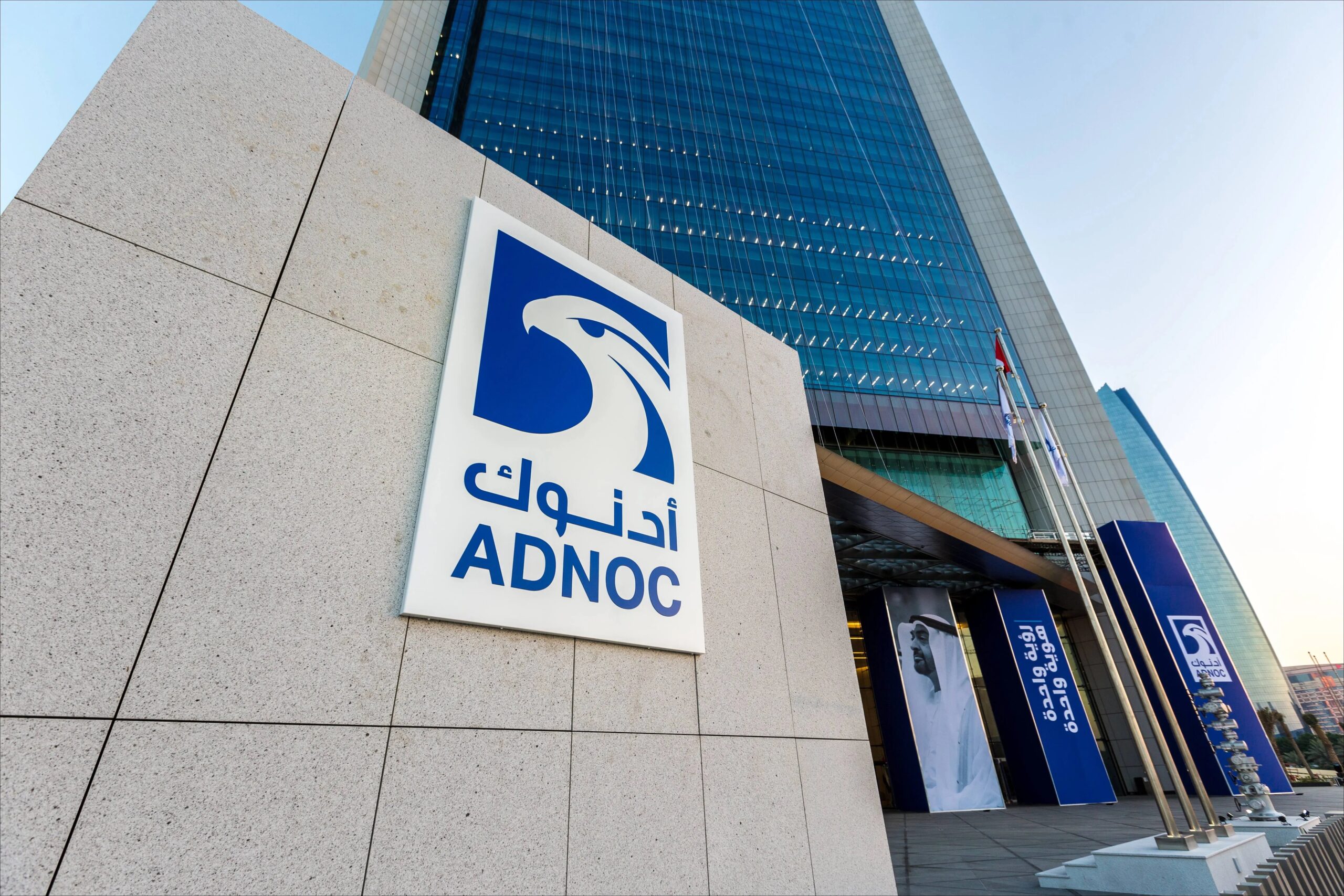Five key growth opportunities for the GCC’s industrial sector in 2025
The region’s strengths and strategic initiatives lay a strong foundation for growth and innovation, empowering manufacturers to succeed despite the challenges ahead
The Gulf Cooperation Council (GCC) is poised for strong industrial growth in 2025. Unlike many leading economies, GCC nations benefit from stable economic conditions and increasingly attractive environments for investors and businesses.
However, to sustain this momentum, they must navigate significant challenges, including geopolitical tensions, global trade disruptions, and skills shortages.
Below are five key opportunities the GCC can leverage while addressing potential hurdles:
1. Capitalizing on Friendshoring
Friendshoring—relocating manufacturing and supply chains to politically aligned nations—has emerged as a strategy to mitigate geopolitical risks, enhance supply chain resilience, and strengthen economic partnerships.
The GCC is well-positioned to become a strategic friendshoring hub due to its neutral geopolitical stance and competitive advantages. The region offers world-class infrastructure, low utility and energy costs, access to critical raw materials, and supportive industrial policies that enhance competitiveness.
2. Advancing Semiconductor and High-Tech Manufacturing
The global semiconductor market presents a significant opportunity for the GCC, aligning with regional efforts to localize advanced manufacturing.
Major players such as Taiwan Semiconductor Manufacturing Company (TSMC) and Samsung Electronics have expressed interest in establishing semiconductor plants in the UAE. Meanwhile, Saudi Arabia’s $100 billion Alat project, spearheaded by its sovereign wealth fund, aims to position the nation as a global leader in advanced industrials and semiconductor production.
3. Strengthening Ties with China
Chinese manufacturers are increasingly looking abroad amid domestic economic slowdowns and rising trade barriers. This presents an opportunity for the GCC to attract Chinese investment and establish localized manufacturing hubs that serve both regional and global markets.
Notably, nearly 40 Chinese firms plan to build factories in the China-UAE Industrial Capacity Cooperation Demonstration Zone (ICCDZ) in Abu Dhabi’s Khalifa Industrial Zone (Kizad), representing a $10 billion investment under the Belt and Road Initiative. Similarly, Saudi Arabia is actively engaging with East Asian economies to drive investment and joint ventures, aligning with Vision 2030’s goal of industrial diversification.
4. Unlocking Green Industrial Growth
The GCC has the potential to lead in green industries while reducing its carbon footprint. However, challenges such as limited access to renewable energy and a lack of supportive policies remain barriers to rapid transformation.
By leveraging low-cost green energy and ambitious green hydrogen initiatives, the region can decarbonize its industrial sector. Producing green steel and cement will be crucial for meeting future demand and aligning with evolving global regulations.
5. Meeting Rising Regional Demand
While global uncertainties will impact industrial goods, strong regional demand presents a growth avenue for the GCC.
Historically, the region has focused on large-scale industrial commodities like petrochemicals and basic metals. To mitigate risks from economic slowdowns and fluctuating oil prices, GCC countries should expand into sectors with sustained local demand, including infrastructure materials for oil and gas, construction, utilities, and port development.
A Resilient and Promising Future
Despite challenges, the GCC’s strategic initiatives and competitive strengths provide a solid foundation for industrial growth and innovation in 2025. By capitalizing on emerging opportunities, the region’s manufacturers can navigate uncertainties and position themselves for long-term success.
More From “Opinion”

UAE economic outlook: promising growth ahead for 2025

Middle East reacts to Trump’s return: hopes and concerns

Five key growth opportunities for the GCC’s industrial sector in 2025

Egypt maintains distance from Syria’s new leadership

Report: Sustainable finance is transforming GCC’s future

What’s next for the Saudi Arabia-Trump relationship?

UAE raises concerns over EU’s inclusion on dirty money ‘Black List’

GCC trade agreement: a vital boost for the UK’s economic recovery

Analysis: UAE aims to shake up world order as oil trading centre

5 key trends shaping the UAE in 2025

What lies ahead for Saudi Arabia’s relationship with Trump?

Analyst: GCC is set to push global sukuk issuance to $200bln in 2025



